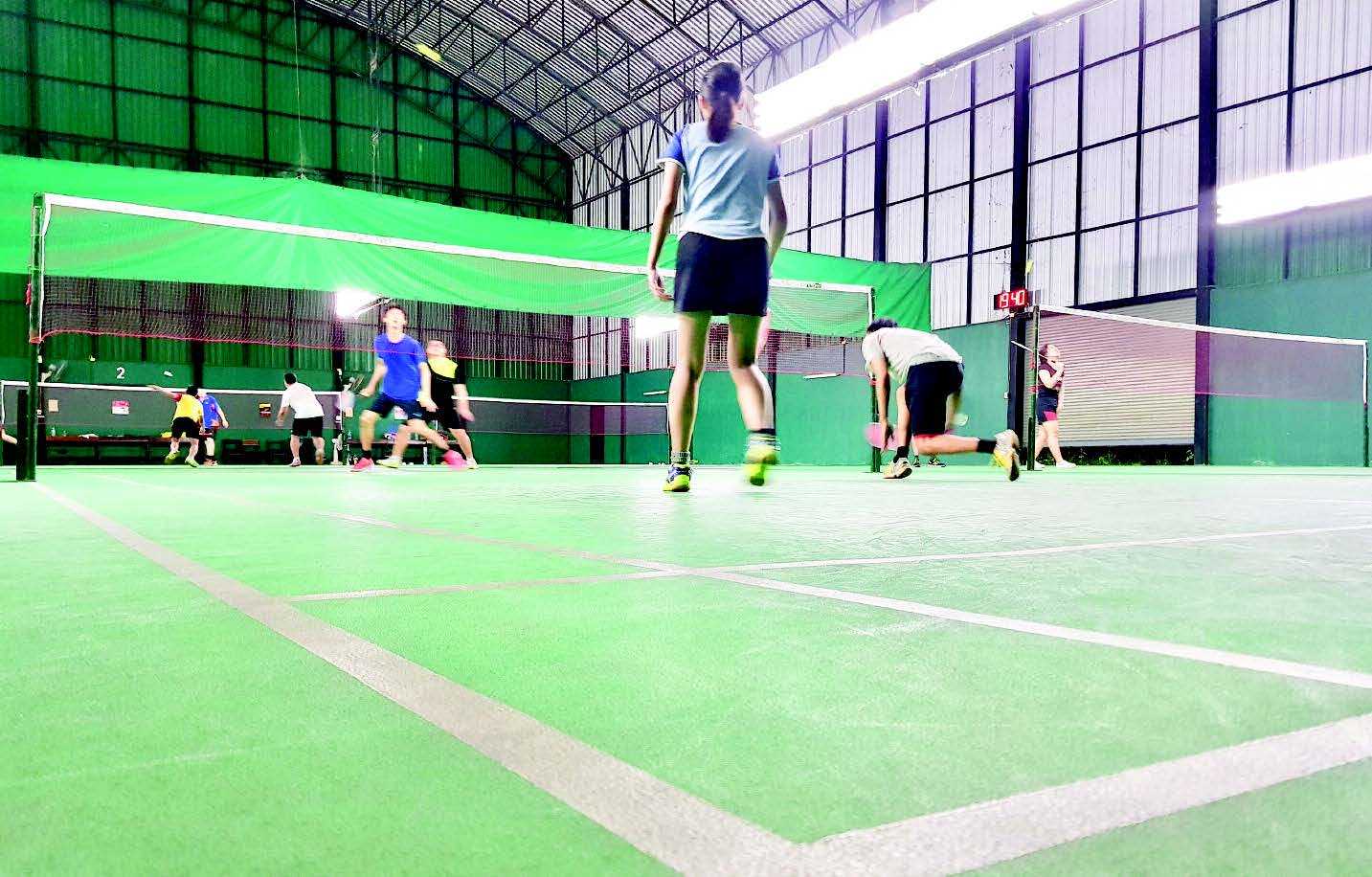
The Moving Communities: Active Leisure Trends 2018 report released in July by ukactive and the DataHub offers game changing insight to leisure operators. “Data - once our sector’s biggest weak spot is fast becoming our greatest weapon” says Chris Phillips, head of sales at the DataHub. “Operators no longer have to base major business decisions on guesswork, straw polls and surveys. The report gives the industry valuable, credible and actionable insight, helping operators and delivery partners to make data-driven business decisions moving forwards” he says.
Gathering data
The Moving Communities report paints a picture of how the activity industry is evolving, looking at trend data from the last three years.
It uses data from more than three million customers and 150 million individual visits across 396 leisure centres (up on 315 sites last year) since 2016.
The data has been collected from the membership management systems of leisure centre operators, then processed and standardised by the DataHub to provide a previously unattainable level of insight.
Facing the facts - who, what, when and how
The report looks at how customers interact with facilities by exploring four key areas:
The When
The reports statistics provide essential information when considering scheduling activities for different demographics.
“Members are opting to make the bulk of visits during the week. This presents significant opportunities to increase capacity, particularly through more family-friendly activity offerings,” says Lizzie Broughton, senior insight manager at ukactive.
“Operators know age plays a role in when consumers visit and have taken great strides to adjust their offerings accordingly. Moving Communities gives even greater insight to inform these adjustments,” says Phillips.



The who, what and how
Membership
In summary
Steven Ward, ukactive CEO says “Our sector now knows more about how customers interact with fitness facilities than ever before. For the first time we have insights including an analysis of who is visiting facilities, when, and what they are doing. Armed with this knowledge, operators are at last able to tailor their fitness offerings to meet the actual wants and needs of their customers".